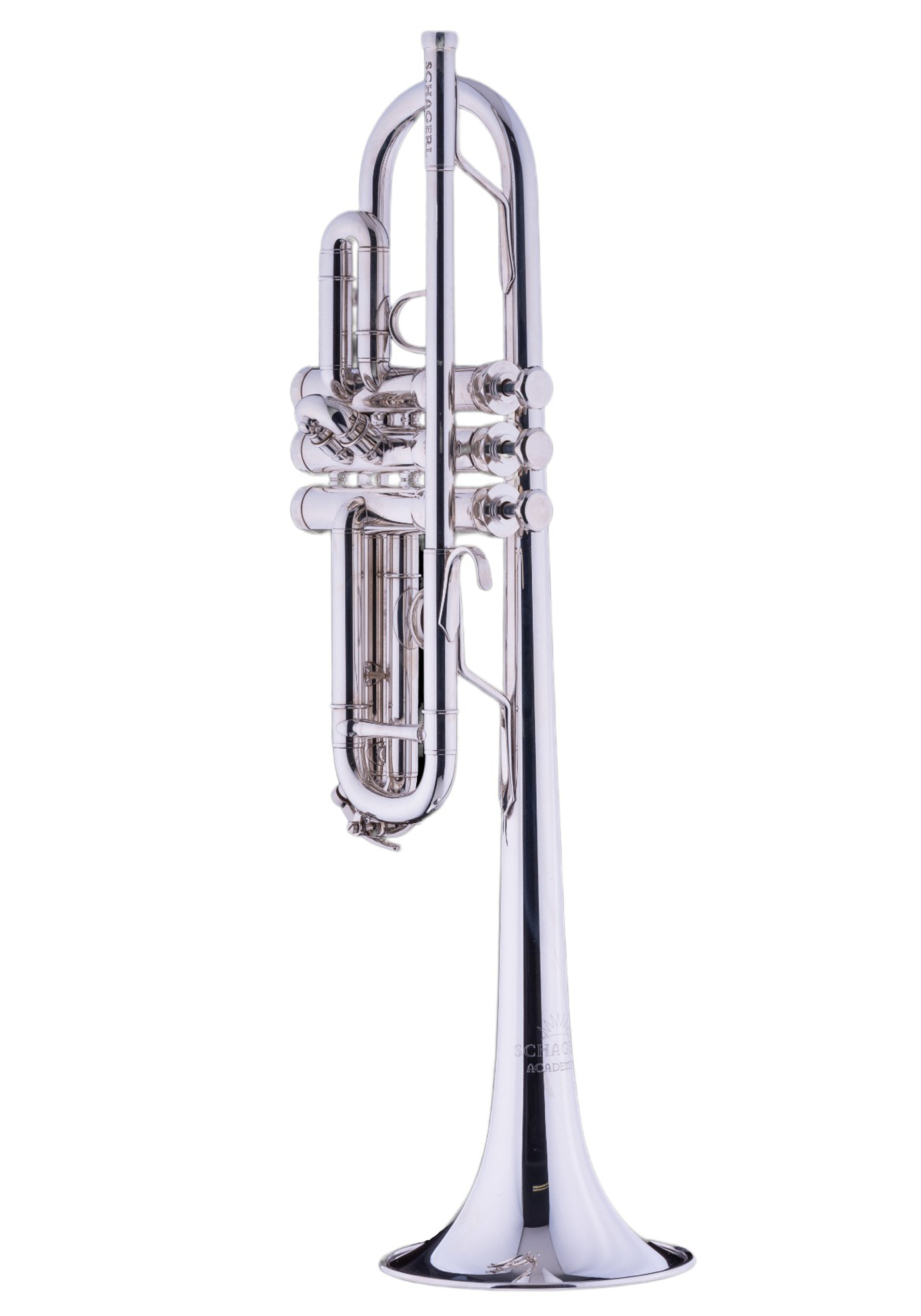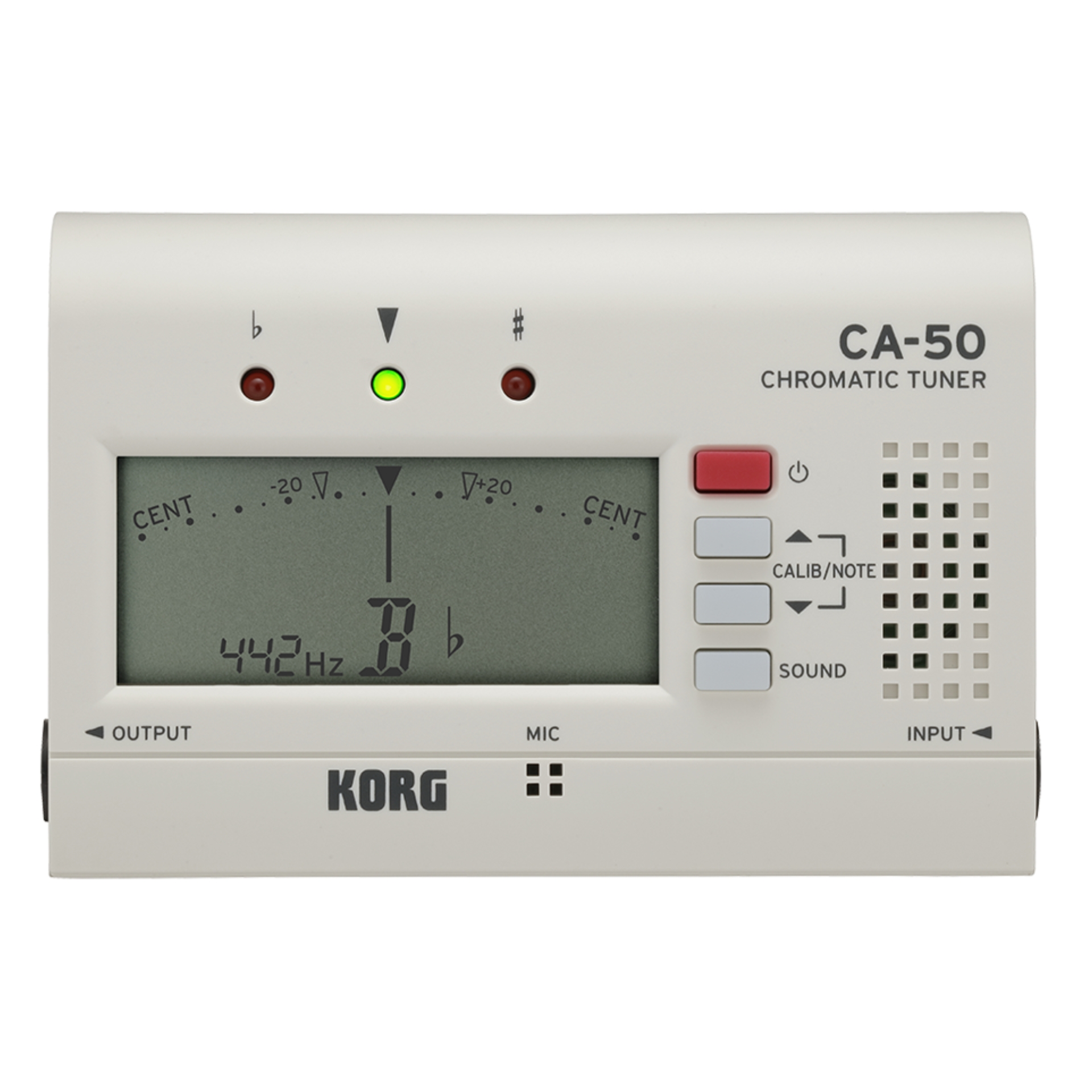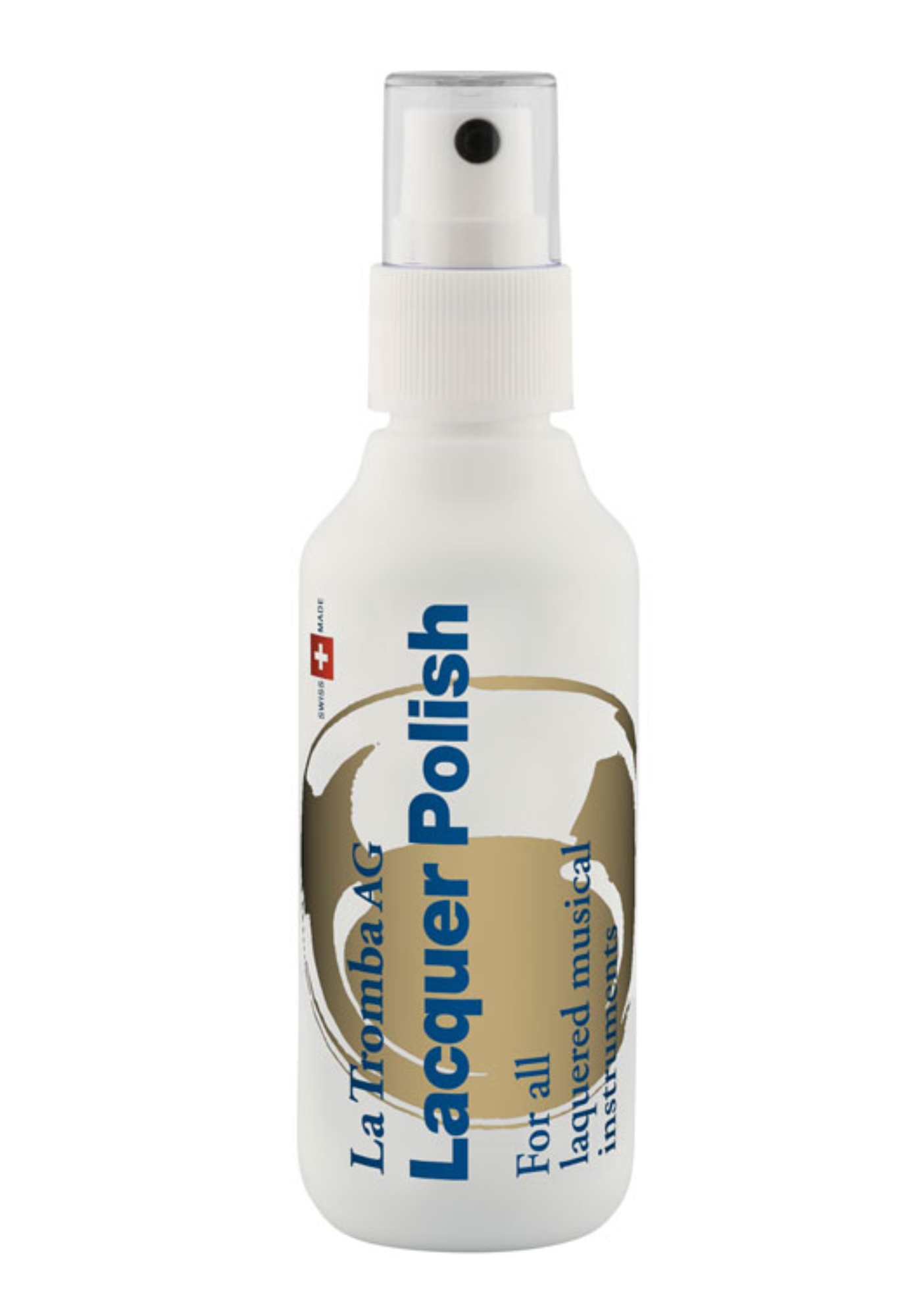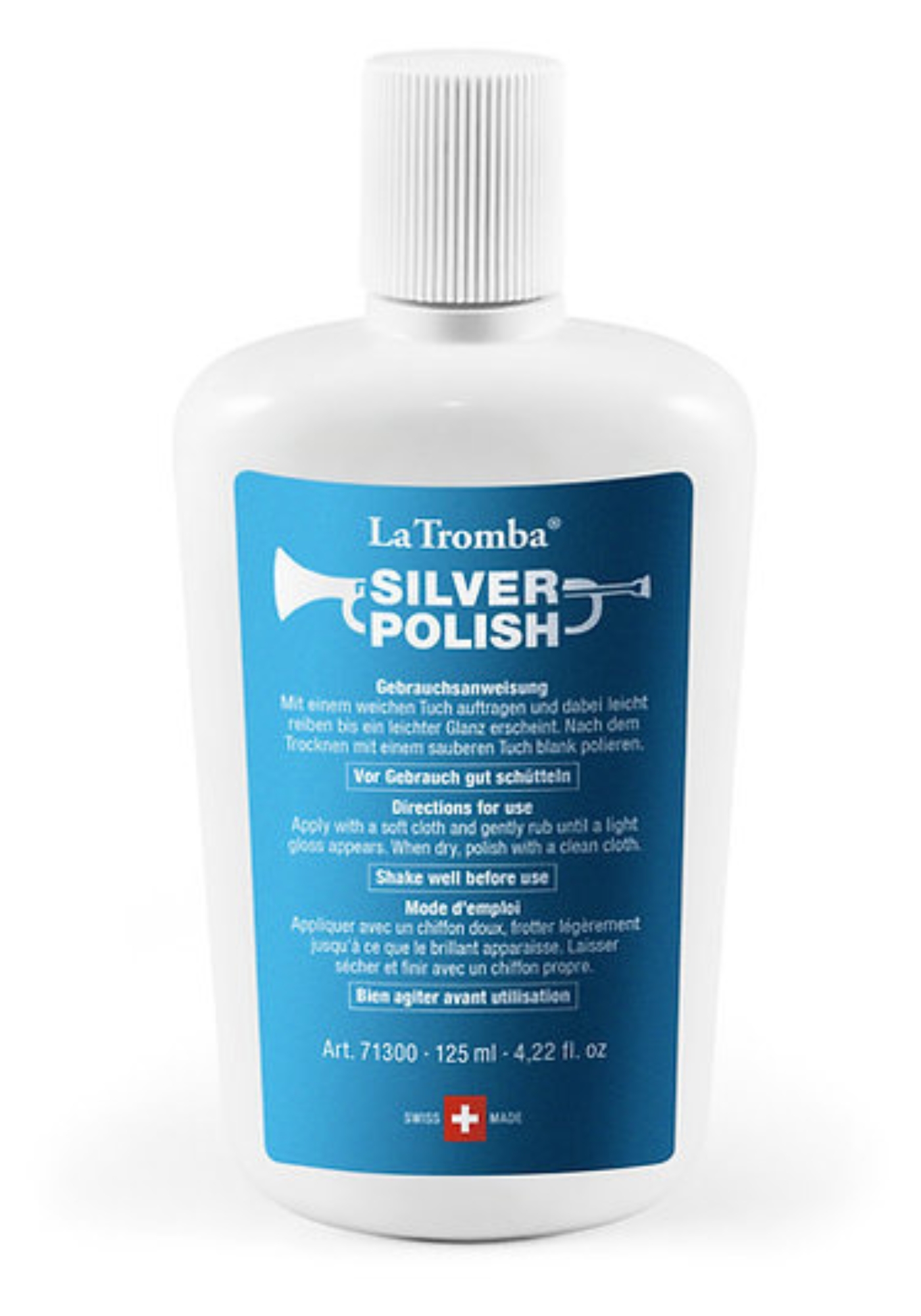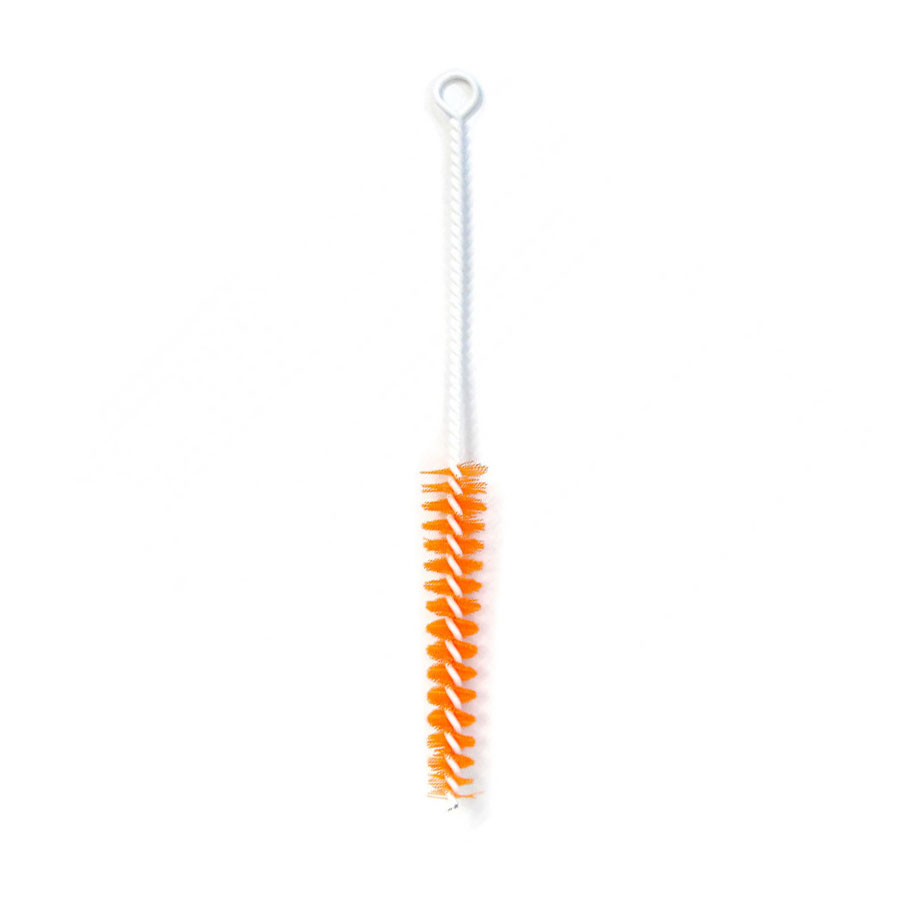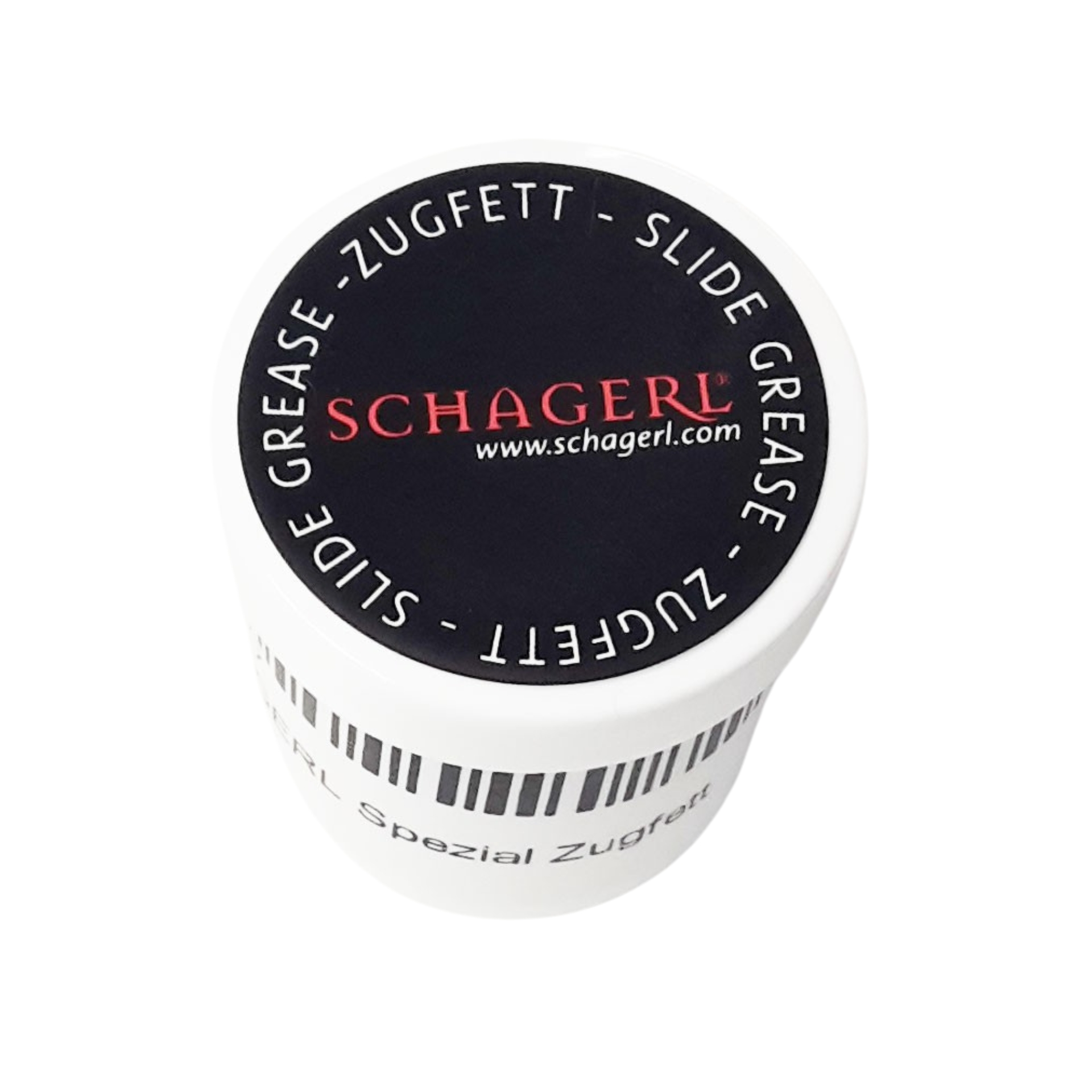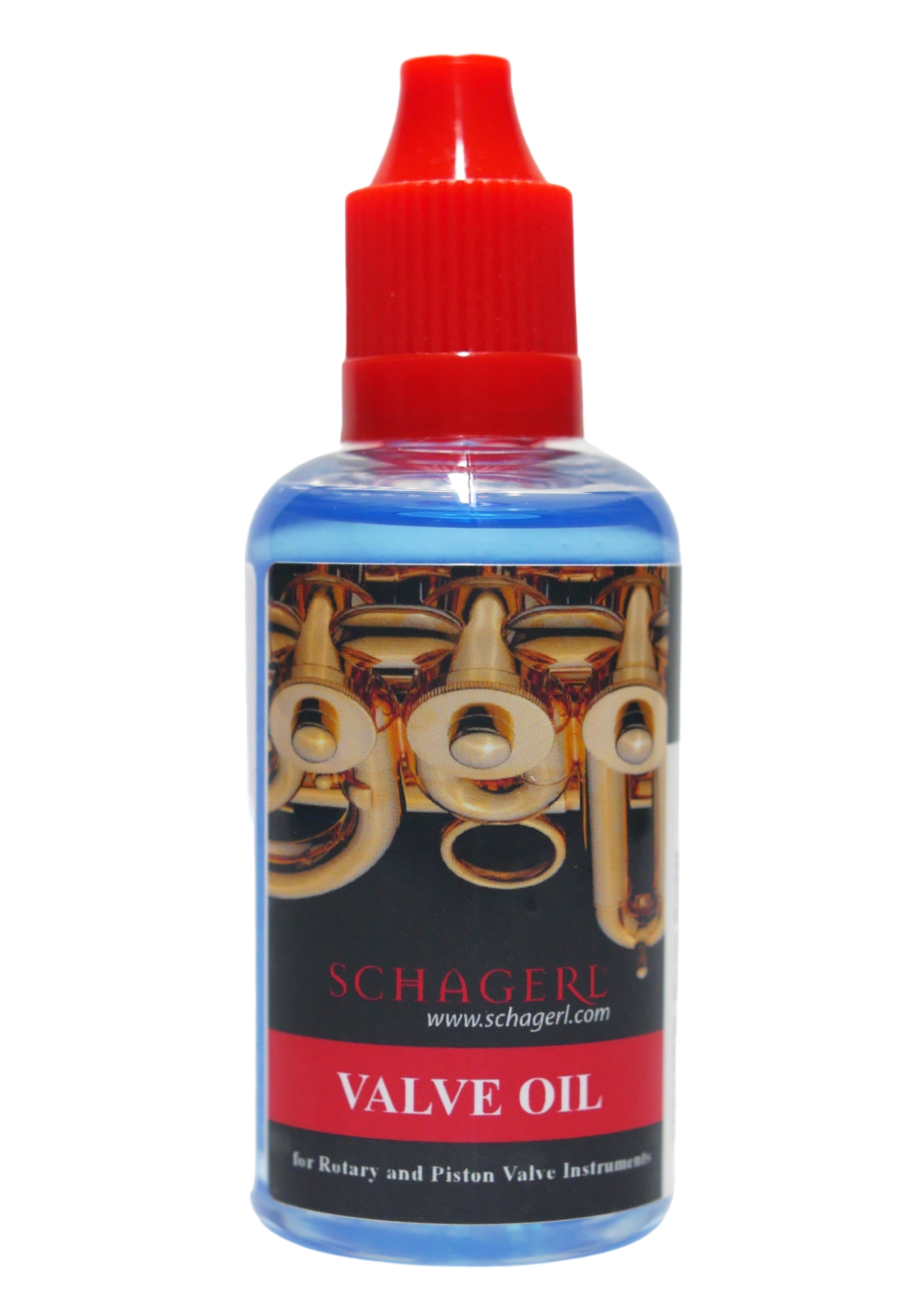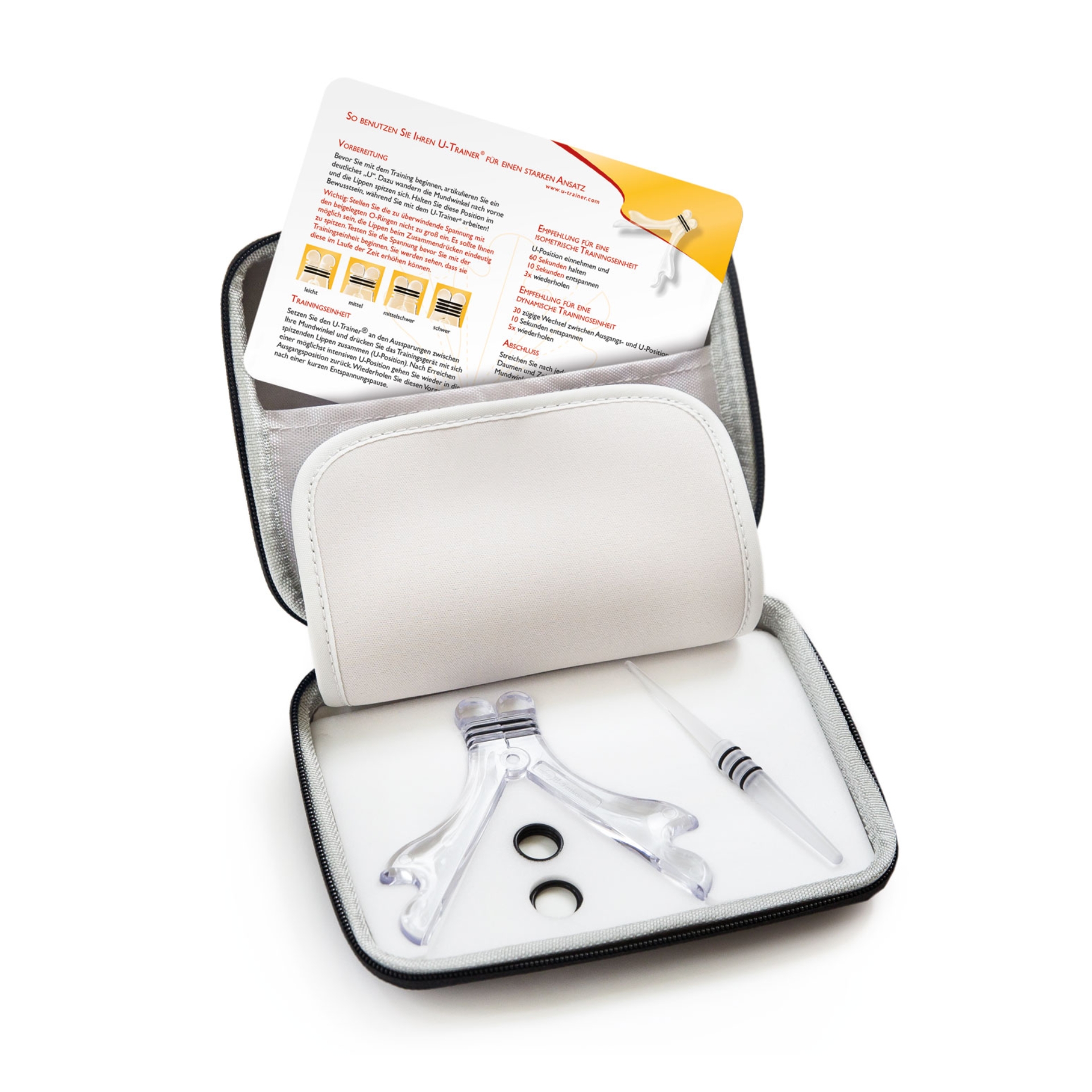Schagerl Academica C-Trumpet TR-620CS
1.309,00 €*
in stock
With the Schagerl Academica Trumpet, you get not just an instrument, but a complete package. The extensive accessories ensure that you have everything you need from the start.
| Tune | Bb |
| Bell | 5" / 127mm / Gold brass |
| Valves | Monel |
| Bore | 0.459" / 11.68mm |
| Leadpipe | Gold brass |
| Inner Slides | Yellow brass |
| Outer Slides | Nickel silver |
| Finish | silver plated |
| Accessories | Schagerl trekking backpack case, Schagerl Academica mouthpiece, Schagerl valve oil & slidegrease |

Offering a range from beginner models to advanced instruments, Schagerl provides the right tool for every stage of musical development. The ACADEMICA series stands out for its highest quality craftsmanship and a playing experience that instantly captivates. Ideal for the first musical steps: The Schagerl Academica Instruments impress with easy response, excellent craftsmanship, and a comprehensive accessory package, enabling an optimal entry into music.
What are the most common trumpet models?
The trumpet, a versatile brass instrument, exists in various designs that shape its sound and playing style. The rotary valve trumpet, widely used in German-speaking areas, is characterized by its mechanically complex rotary valves and its horizontal holding position.
A distinctive feature of the rotary valve trumpet is its large, dark, and full tone. This tone makes it especially popular in orchestras and ensembles.
The Périnet trumpet (piston valves), often referred to as the French style, is a popular instrument in entertainment music. Along with the saxophone, this type of trumpet is the melodic instrument in jazz, often referred to as the "jazz trumpet." Its bright and sharp tone is not only an integral part of jazz but also in classical and folk music.
The B-flat trumpet is the most common model. Besides the B-flat trumpet, the C, E-flat, piccolo trumpet, pocket trumpet, and cornet are most commonly used.
What materials are used to make trumpets?
Traditionally, trumpets are made of brass, consisting of copper and zinc. Gold brass, with a higher copper content, produces a warmer tone, while nickel silver, used for valve casings, impresses with hardness and corrosion resistance.
Surface coatings vary: clear lacquer and gold lacquer for shine, colored lacquers for individual design, as well as silver and gold coatings for an elegant appearance and protection. A quality feature is Monel valves, made of a brass alloy with about 40% nickel, offering corrosion resistance and durability.
AROUND THE TRUMPET
The Mouthpiece:
Choosing the right mouthpiece is crucial for the sound. Factors like cup depth, cup diameter, and bore should be considered. Each trumpeter is unique. Therefore, it's important to try different mouthpieces and ideally consult a qualified teacher.
Mutes:
Mutes can alter the sound of a trumpet. Whether made of metal, plastic, or rubber, each mute changes tone and dynamics. Important: Intonation should be controlled when using a mute.
Care:
Maintaining a trumpet is crucial for enjoying it for many years. Here are the key steps to keep your trumpet in top condition:
- Cleaning the surface: Use a soft, dry, lint-free cloth. Regular cleaning protects the surface from dirt and wear.
- Moisture control: Breath passing through the instrument brings moisture. After each playing, it's important to drain the condensed water and air-dry the instrument.
- Thorough rinsing: About every 8 weeks, rinse your trumpet with lukewarm water. This helps to dissolve saliva residues and keep the inner pathways clean. A shower hose adapter, attached instead of the mouthpiece, can be very helpful.
- Professional interior cleaning: At least every 3 years, your instrument should be chemically cleaned inside to remove bacteria and calcifications.
- Care of valves and slides: The valves should be regularly oiled and the slides greased. This daily maintenance ensures everything works smoothly.
Do you have questions about care or need tips on specific care products? Our team is happy to advise you!
Gig Bags and Cases
Proper storage of a trumpet is essential to keep the instrument in the best condition and to facilitate transport. Here are the options and tips for ideal storage of your trumpet:
Gig Bags: These bags are ideal for musicians who are often on the move. They are lightweight, soft, and can be comfortably carried like a backpack. Gig Bags offer flexibility and comfort but are less protective than hard cases.
Hard Cases: These provide optimal protection for your trumpet. They are sturdy and rigid, protecting the instrument from impacts and environmental factors. The downside is their higher weight compared to Gig Bags.
Combination Solutions: There are now combinations of hard cases with backpack straps. These offer both the protection of a hard case and the carrying comfort of a Gig Bag. They are an excellent choice for musicians who do not want to compromise between protection and convenience.
Do you have questions about the best storage option for your trumpet? Contact us, we are happy to advise you!

